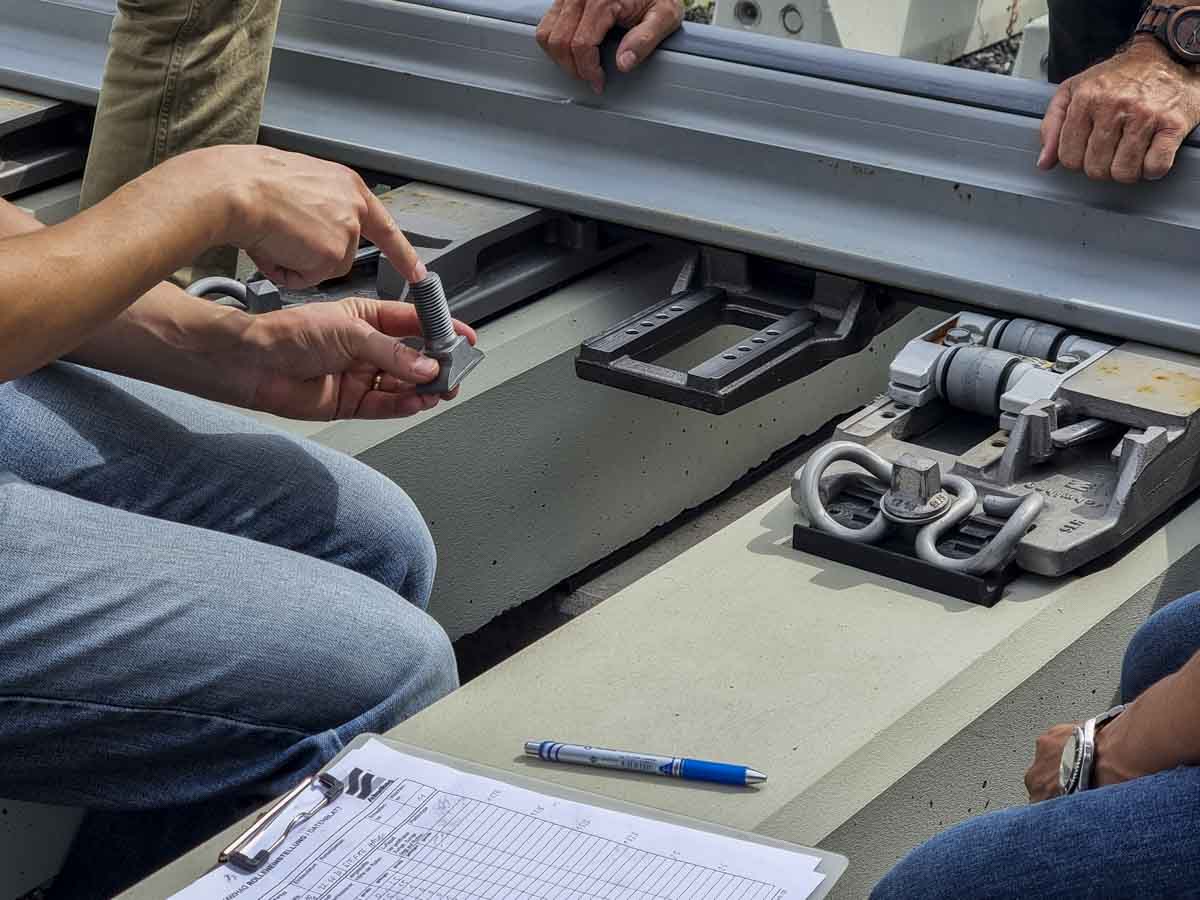
Bridge transition areas pose significant challenges in railway infrastructure due to structural deformations that cause vertical and lateral relative movements. These movements can lead to long-term track instability, increased maintenance costs, and reduced operational efficiency. To address these challenges, innovative slab track solutions like the BSP bridge support point have been developed to provide enhanced stability and durability.
Bridge transition zones are critical points where traditional ballasted tracks meet rigid bridge structures. These areas experience:
These issues can lead to passenger discomfort, track wear, and increased maintenance requirements.
Unlike conventional ballasted tracks, slab track systems offer a rigid yet adaptable solution that minimizes deformation-related issues. The BSP bridge support point is specifically designed to absorb structural deformations while maintaining optimal track performance.
✅ Enhanced Elasticity: Effectively absorbs vertical and lateral movements, reducing track stress.
✅ Increased Load-Bearing Capacity: Withstands high dynamic loads from heavy rail traffic.
✅ Maintenance Reduction: Eliminates frequent adjustments required for traditional rail fastening systems.
✅ Long-Term Cost Savings: Reduces the need for track realignments and repairs.
The BSP bridge support point is designed to work seamlessly with advanced rail fastening systems for slab tracks. These systems provide additional advantages such as:
As railway networks continue to expand and modernize, adopting innovative solutions like the BSP bridge support point is crucial for ensuring long-term performance, safety, and cost efficiency. By integrating high-performance slab track solutions in bridge transition areas, rail operators can significantly enhance track stability and minimize maintenance efforts.
Looking for advanced track technology solutions? Contact us today to learn more about our slab track innovations and rail fastening systems.